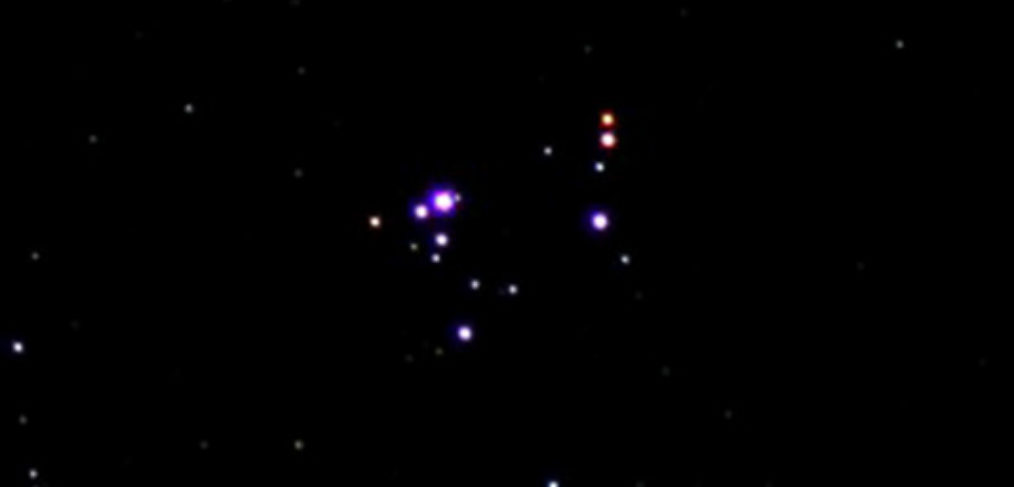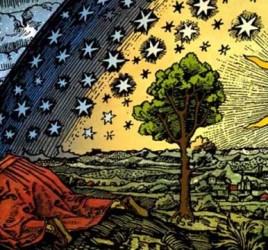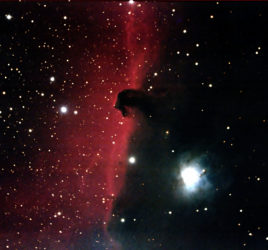
NGC 2169 – The “37” Cluster
Located about 3,600 light years away in Orion is the open star cluster NGC 2169 – The “37” Cluster.
Commonly called the “37” Cluster or “The Hitchhiker’s Guide Cluster” from its appearance as letters or numbers written in the stars. As with all open star clusters, the stars are arranged in random patterns. On casual inspection, this one has been variously described as forming the letters “XY” or the Number “37”. Smaller telescopes see the letters and larger telescopes see the number. Dimmer stars become visible with more aperture.
Physical Characteristics of NGC 2169 – The “37” Cluster
NGC 2169 – The “37” Cluster is an open cluster made up of about 30 stars of 6th magnitude and dimmer. It is not naked eye visible. Located north of Betelgeuse near Nu and Xi Orionis. The cluster is estimated to be about 8 million years old. The brightest member is a type B star which has a projected life of less than 1 billion years. There are various colors visible in images indicating various masses and spectral types. There is a yellow star of type G2 that would be an analog of our Sun with a projected life of about 10 billion years. One of the dimmer members is a red giant of type B6 which has already run out of Hydrogen and is between 4 and 8 times the mass of our Sun. The dim star that makes the top bar of the “7” is 11th magnitude and requires larger apertures to be seen at all and is white in color. Open Star Clusters are born out of huge hydrogen molecular clouds that have condensed into stars and are loose groups that scatter over time and populate the spiral arms of the galaxy.
Fun Star Lore
Amateur astronomers like to see order in the chaos of space. This cluster brings up the topic of intelligent life in space. Who arranged the stars? Why “37” or “XY”? The Douglas Adams novel “Hitchhiker’s Guide to the Galaxy” has the super computer “Big Blue” answer “42” to the most profound questions for no apparent reason. Big Blue never worked properly and maybe it meant to say “37”. At least that is written in the stars. In most astronomical telescopes the views are mirror reversed, so the “37” will need some interpretation. Corrected telescopes will display the true arrangement and reveal directly the 37. The letters “YX” may be easier to decipher in reversed telescopes. An image corrector can reduce brightness by about 20% and are omitted for small telescopes. Star Gaze Hawaii employs 11″ telescopes that have enough light grasp to use an image corrector and still provide a bright truly oriented image.



